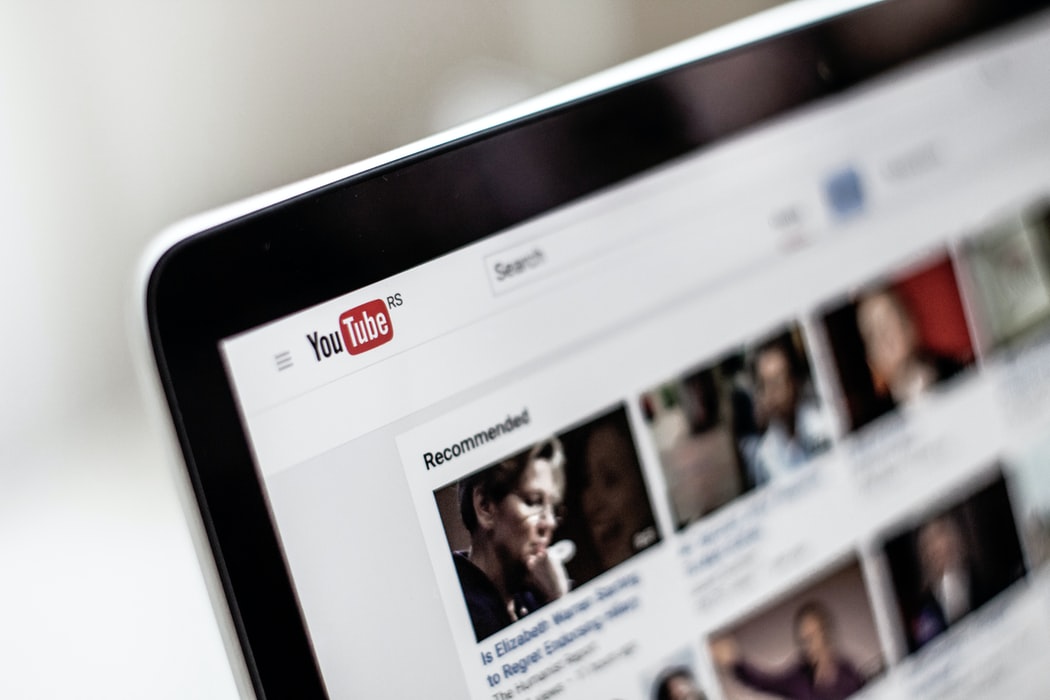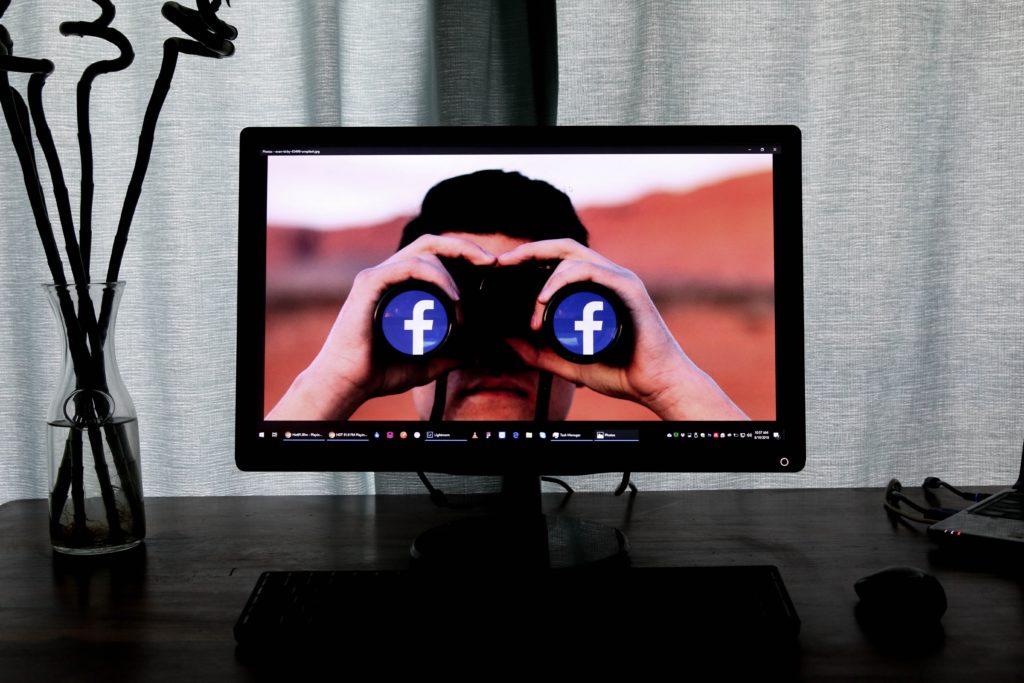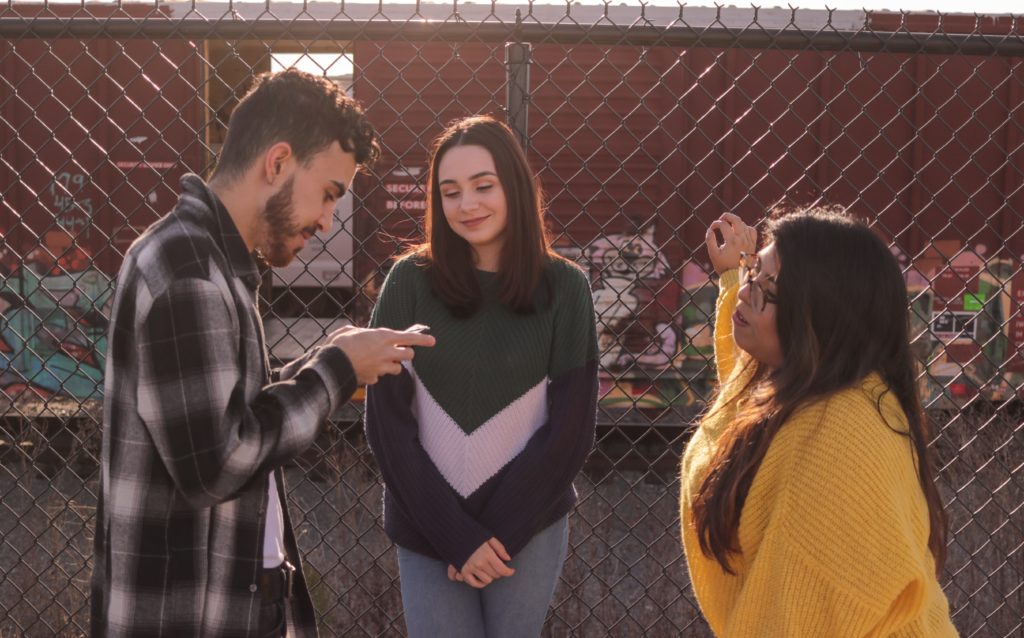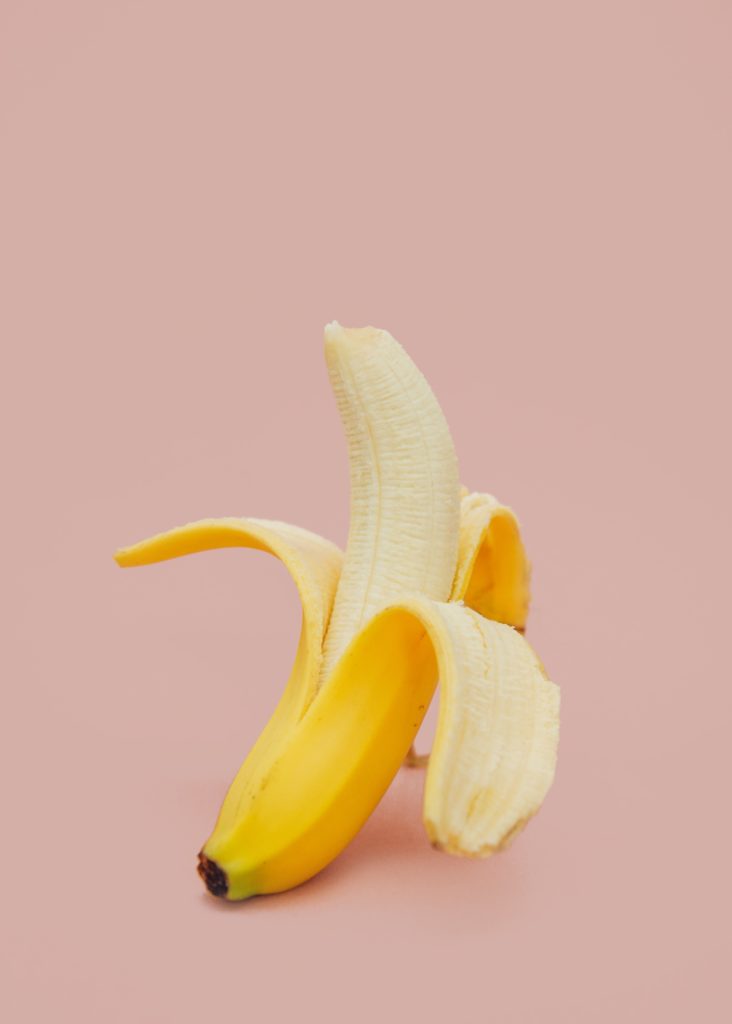Me at the zoo. That’s what everything started with. The video had nearly one hundred million views at the time of writing this. The video is from 2005 and really not that interesting. You might actually call it rather boring. It is also very short. However, it is a significant video because it is the first-ever uploaded to YouTube.
These days, YouTube is, in many ways, a very significant service. It offers nearly endless content, is interactive and offers various features, such as lists and subscriptions, that enable users to manage and edit the content they view according to their preferences.
It has also become important to me. In the evenings, I often catch myself on YouTube watching new material posted by my favourite YouTubers (people, or sometimes bots, who produce content on YouTube) or interesting technology news, instead of turning on Netflix or the TV. I checked, and at the time I write this, I have subscribed to 230 YouTube channels. That translates to a lot of content since many channels produce content several times a week, some of them daily. Should that not satisfy my impatient mind, I can easily find other content to my liking.
The volume of content on YouTube is unfathomable. According to some estimates, 300 hours of new video are uploaded to the service every minute. One billion hours are spent watching videos every day! YouTube is particularly popular among young people. In many countries, YouTube attracts greater numbers of young people than, say, television. The mobile version of YouTube reaches more 18–34-year-old viewers in the US than any single television channel.
A new way to present content to a new audience
From a cultural perspective, the increasingly popular YouTube now offers a brand new way to produce content. It is an easy way for people to seek inspiration and share their own skills or things they are passionate about with others. It has also created a channel for sharing culture in a new way. Never before has it been as easy to share indie movies as in this age of the internet and global streaming services. YouTube alone contains huge volumes of short film and various fan-made movies.
Several well-known filmmakers have also shown an interest in the potential offered by YouTube. For example, Kevin James and Oats Studios, producer of Neill Blomkamp’s experimental short film, have found their way to YouTube. I can only imagine how much artistic freedom a platform like YouTube offers compared to more traditional film-making. Anyone can create a channel on YouTube and begin to publish their own material. This is true for professionals, such as James or Blomkamp, and anyone else with access to the internet. Many YouTubers have started their careers by launching a channel and focusing on topics or content they have been interested in, for example, through their hobbies. By following their own style and focusing on topics close to their heart, they have gradually attracted followers, and the channel has taken off. Obviously, many celebrities have YouTube channels, which work vice versa. They involve putting a celebrity, such as the well-known cook Gordon Ramsay, on a popular service. Ramsay originally made a name elsewhere, not on YouTube. This means that at least part of his YouTube audience originates from an earlier period.
Personality seems to be exceedingly important on YouTube. It is clearly visible through video and audio. I notice that I get easily attached to specific personalities, and to be honest, it doesn’t even matter if the person is a bit annoying or challenging. Speaking about personality, does it ring a bell in the context of youth work and different methods of work there?
All channels don’t need to revolve around a person. Personality can also mean a highly idiosyncratic or artistic visual look, the channel’s topics or, simply, competence. Such channels include the satirical HowToBasic and TheRelaxingEnd, a Finnish channel. The channels are very different in terms of their content, but both hold on to the anonymity of the content producers, making the channels more interesting. The people behind the two channels’ identities have generated a great deal of discussion and speculation on YouTube and elsewhere on the internet.
Old topics, new methods
It has been interesting to note that several more traditional narrative phenomena have also moved to YouTube. As a child, I enjoyed listening to ghost stories and other tales. I also remember that when working as a youth worker at camps, we used to tell a “horror” story about the campsite, for example, at the beginning of the stay. Now the tradition of these same stories and tales continues on YouTube. The media and form of transmission are different, but when I watch “real” ghost videos or horrifying “true stories” on YouTube, I can’t help but think of verbal storytelling. This has me wondering whether a new kind of folk tradition related to storytelling is emerging through YouTube? Further information related to this can be found in Verke’s publication Mitä nuorisotyön tulisi tietää (“What youth workers need to know”), which goes deeper into topics such as the role of the digital world in shaping culture. As you might expect, it also has something to say about youth work!
YouTube obviously isn’t the only online platform for different kinds of stories. In addition, YouTubers have followers on other social media channels as well. This makes it possible to communicate with them in many different ways. The multi-channel approach is the order of the day and is widely used in YouTube content and by YouTube content producers. The use of multiple channels enables followers to choose their preferred form of communicating about things. This shows that it is no longer possible to talk about a one and only YouTube culture, though it certainly has special features.
A tool for young people
YouTube clearly has a great deal to offer from a cultural and artistic perspective. It brings creators and experiencers together naturally, and most channels encourage commenting and thought exchange. YouTube and YouTubers are often talked about in dismissive terms. As if YouTube didn’t carry any real significance, because it isn’t a “real” medium like television or newspapers. Some consider YouTube to be just a stupid way of killing time. However, it has a considerable influence on, for example, culture, knowledge, sociability, creativity and entertainment. This makes it clearly relevant to youth work, since many youth workers focus on these same themes. YouTube, therefore, offers interesting opportunities as a tool and platform for youth work.
It is important to keep up to date on youth-culture phenomena and know which YouTubers are hot and which channels are trending. YouTube has a page on trending videos, which is an excellent way to get acquainted with topical content on YouTube. The list changes according to the geographical location from which it is viewed. To follow Finnish YouTubers, check the Suomitube page. It lists Finnish channels and is handy in that it shows the language of the channel.
YouTube can also be approached as an area for young people’s independent activities. In this sense, youth work can take part in the activities to support or enable, say, content production for YouTube. Viewed from the opposite direction, youth work can take the role of content producer to promote itself. In this context, video production can be seen as technology education. What software, hardware, knowledge and skills are needed to get a video on the channel?
A huge number of participants, channels and content lead to the problem of there being too many alternatives to choose from or finding any meaningful content in the first place. I remember at first having trouble understanding the draw of YouTube. I mainly watched videos if they were linked to other places on social media or embedded in web pages. Finally, I decided to purposefully follow and browse YouTube for two weeks. I also subscribed to channels and gradually noticed that I enjoyed the content that YouTube suggested to me. During this period, I also came across my first favourite YouTubers. Now, the case is that I definitely do not want to give up YouTube! There are so many interesting things to see there!





